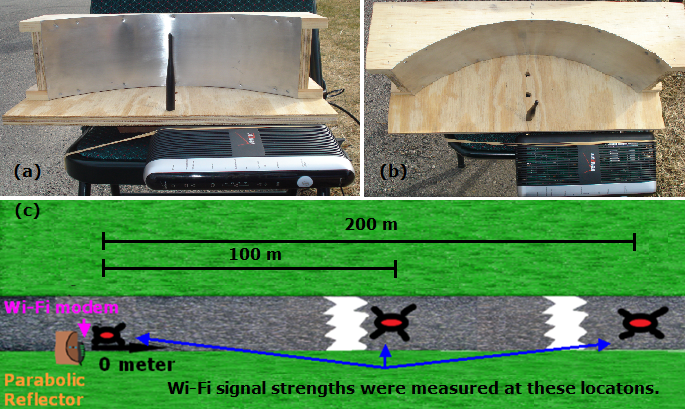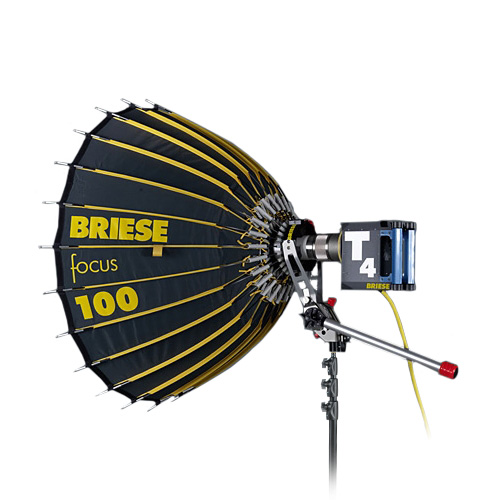

The gain of the paraboloid is a function of aperture ratio (D/λ). The following image shows a Parabolic Reflector Antenna. The dipole or the horn antenna, which acts as the receiver antenna at its feed, receives this signal, to convert it into electric signal and forwards it to the receiver circuitry. When the electromagnetic wave hits the shape of the parabola, the wave gets reflected onto the feed point. This wave now gets reflected as collimated wave front, as discussed previously, to get transmitted. It means that, the waves come out of the focal point and strike the Paraboloidal reflector. If a Parabolic Reflector antenna is used for transmitting a signal, the signal from the feed, comes out of a dipole or a horn antenna, to focus the wave on to the parabola. Construction & Working of a Parabolic Reflector Hence, all the waves reaching the aperture are in phase.Īs the waves are in phase, the beam of radiation along the parabolic axis will be strong and concentrated.įollowing these points, the parabolic reflectors help in producing high directivity with narrower beam width. Properties of ParabolaĪll the waves originating from focus, reflects back to the parabolic axis. Parabola when used for the purpose of reflection of waves, exhibits some properties of the parabola, which are helpful for building an antenna, using the waves reflected. This law when used along with a parabola, helps the beam focus. The law of reflection states that the angle of incidence and the angle of reflection are equal.

The ratio of focal length to aperture size (ie., f/D) known as “f over D ratio” is an important parameter of parabolic reflector. The reflected wave forms a colllimated wave front, out of the parabolic shape. Hence, as per the above definition, the distance between F and L lie constant with respect to the waves being focussed. PQ are the reflected rays where L represents the line directrix on which the reflected points lie (to say that they are being collinear). The line joining F and V is the axis of symmetry. The point F is the focus (feed is given) and V is the vertex. The following figure shows the geometry of parabolic reflector.

Parabolic sound reflector plus#
The standard definition of a parabola is - Locus of a point, which moves in such a way that its distance from the fixed point (called focus) plus its distance from a straight line (called directrix) is constant. These antennas are widely used for radio and wireless applications. The frequency range used for the application of Parabolic reflector antennas is above 1MHz. For better understanding of these antennas, the concept of parabolic reflector has to be discussed. Parabolic Reflectors are Microwave antennas.


 0 kommentar(er)
0 kommentar(er)
